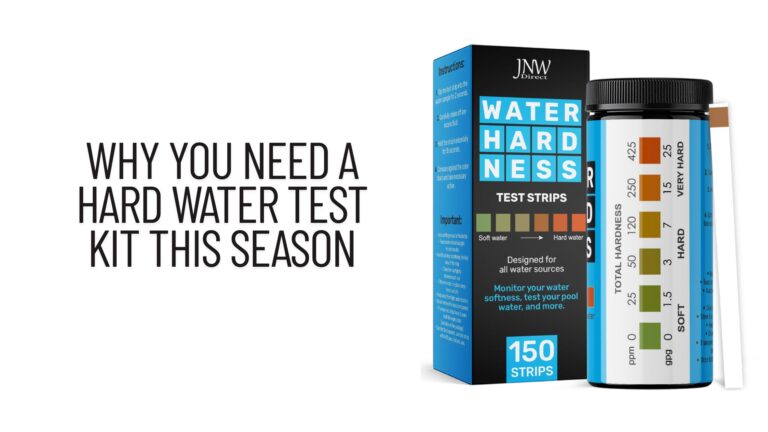Measuring Contaminants In Water: A Simple Guide
Water contamination is a serious issue, so understanding how to measure levels of contaminants in your water supply is essential. In this guide, we’ll cover the basics of water testing, from identifying potential contaminants and selecting the right test kits to interpreting the results correctly and taking appropriate action.
Understand the Different Types of Contaminants
Knowing what type of contaminants to test for is the first step in water testing. The types of contaminants commonly found in water supplies can be divided into a few categories, such as microorganisms, dissolved gases, heavy metals, and chemical compounds. Once you’ve identified the types of contaminants that may be present in your water supply, you’ll be able to select the most appropriate test kits to measure them.
Determine Your Measurement Goals and Objectives
Before selecting the proper test kits, it is important to determine what type of data you want to collect and how will it be used. Do you need a rapid result to check for basic water safety? Do you wish to measure specific compounds in order to meet standards? Or do you need comprehensive understanding of contaminants so that corrective action can be taken? Once your goals and objectives have been established, you’ll have a much better idea of which type of test kit is necessary.
Choose the Appropriate Sampling Method and Location
After setting your goals, the next step is to select an appropriate sampling method and location. Factors like times of day, season, and weather should be taken into account when collecting samples as they can all influence the level of contamination in water sources. To ensure accuracy, it is recommended that several measurements from different locations or depths be made at once. You may also choose to sample from both upstream and downstream to check for significant changes in contamination levels.
Select the Most Suitable Equipment for Measuring Concentrations
Selecting the most suitable equipment for measuring concentrations is essential in obtaining accurate results. Depending on the contaminant, you may need sophisticated instruments such as an ICP-MS spectrometer or a chromatograph. Make sure to choose equipment that is certified and traceable to international standards, so that your measurements are reliable. Furthermore, ensure you calibrate the instruments regularly and check for any malfunction or possibility of contamination, especially when working with hazardous substances.
Analyze Results to Determine Contamination Levels
After you have collected the data, be sure to analyze it correctly. This will enable you to determine the contaminant levels and make sure they adhere to regulatory standards. Various statistical methods can be used such as regression analysis and simple graphical plotting of results. You should also use control tests that help spot contamination in reagents or equipment malfunction if necessary. With these steps completed, you will be able to assess any water contamination promptly and accurately.
Conclusion
Knowing what type of contaminants to test for is the first step in water testing. Microorganisms, dissolved gases, heavy metals, and chemical compounds are some common contaminants found in water supplies. Choose the appropriate sampling method and location; this guide will help you determine which type of test kit is necessary.







